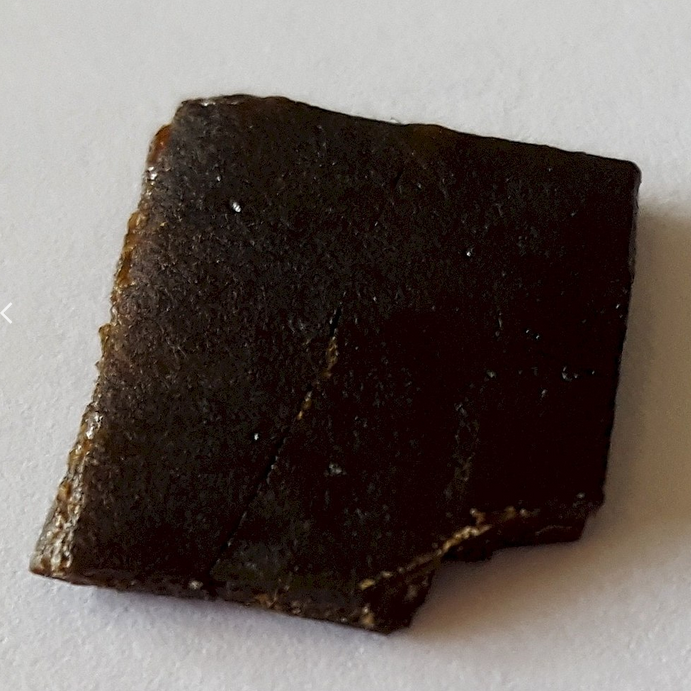|
Name: Opium
Type: Opioid
AKA: N/A

|
|
II. Natural Derivative

|

|
|
IV. History
Opium, derived from the opium poppy, has been used for thousands of years for its analgesic and psychoactive effects. It played a significant role in traditional medicine and drug culture, and its derivatives have influenced modern opioid medications.

|
|
V. Legal Information
Opium is a narcotic drug derived from the poppy plant, historically used for pain relief. It is tightly regulated globally due to its high potential for addiction and abuse. In the U.S., it is classified under the Controlled Substances Act as a Schedule II drug. [Source: UNODC].
US Federal Schedule - II
Schedule II drugs, substances, or chemicals are defined as drugs with a high potential for abuse, with use potentially leading to severe psychological or physical dependence. These drugs are also considered dangerous. Some examples of Schedule II drugs are: combination products with less than 15 milligrams of hydrocodone per dosage unit (Vicodin), cocaine, methamphetamine, methadone, hydromorphone (Dilaudid), meperidine (Demerol), oxycodone (OxyContin), fentanyl, Dexedrine, Adderall, and Ritalin.
Key US Federal Policies:
Controlled Substances Act. Public Law: Public Law 91-513 (text can be found on GovInfo) (https://www.dea.gov/drug-information/csa). Date enacted: October 27, 1970.
|
|
VI. Physical Effects
Opium, derived from the poppy plant, has been used for millennia for its analgesic and euphoric effects. It acts as a downer, causing significant sedation and pain relief. Physical impacts include respiratory depression, decreased heart rate, and constricted pupils. Short-term use provides effective pain management, but long-term use can lead to addiction, tolerance, and severe respiratory issues. Overdose risks include fatal respiratory depression. Safe use involves careful dosing and medical supervision. Recent research examines its role in pain management and addiction treatment.  |
|
VII. Psychological Effects
Opium, derived from the poppy plant, affects mu-opioid receptors, causing intense euphoria and analgesia. Immediate effects include mood elevation and sedation, lasting several hours. Long-term use may lead to addiction, cognitive impairments, and mood disturbances. Research emphasizes its historical use and associated risks of psychological dependence and cognitive effects with chronic use.
 |
|
VIII. Culture
Opium has a rich cultural history, used since ancient times in the Mediterranean and Asia for its analgesic and euphoric effects. It is mentioned in historical texts from various cultures, including Greek and Roman. In modern culture, opium's legacy is significant in discussions about drug addiction and regulation. Proponents highlight its historical medicinal uses, while opponents focus on its role in the opioid epidemic and societal impacts.
 |
